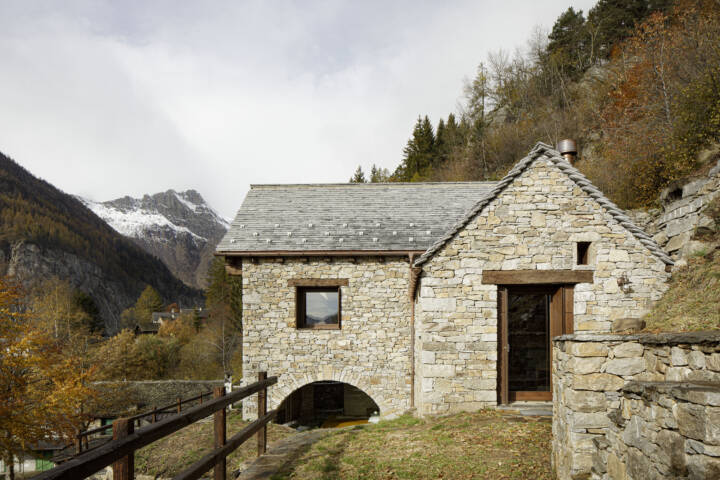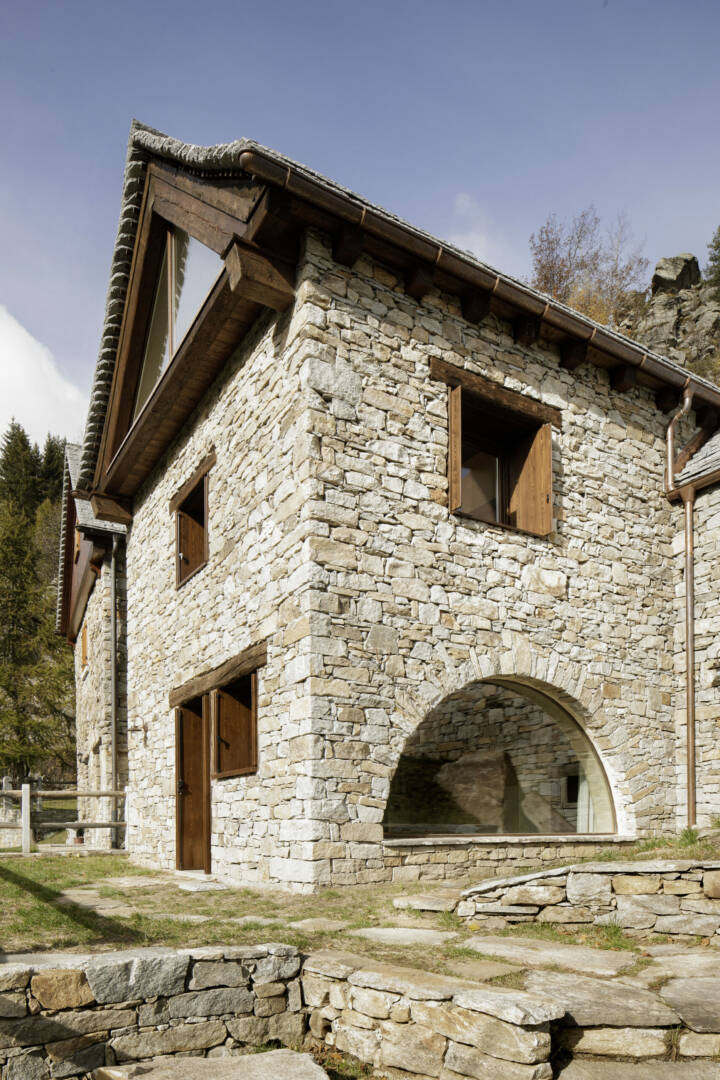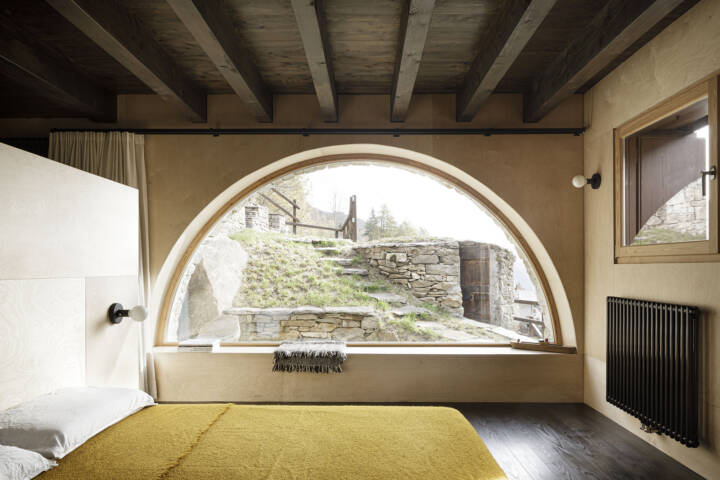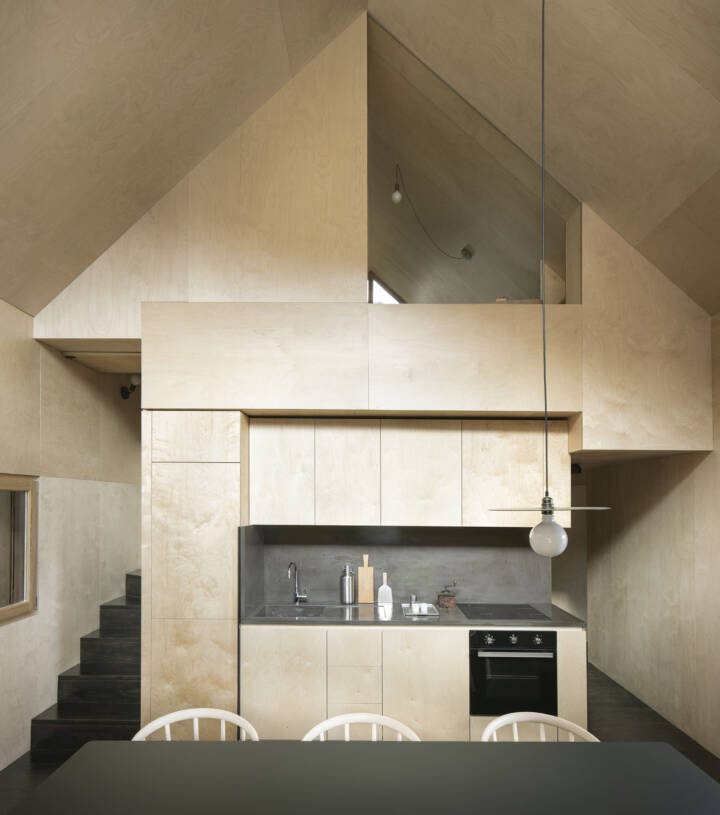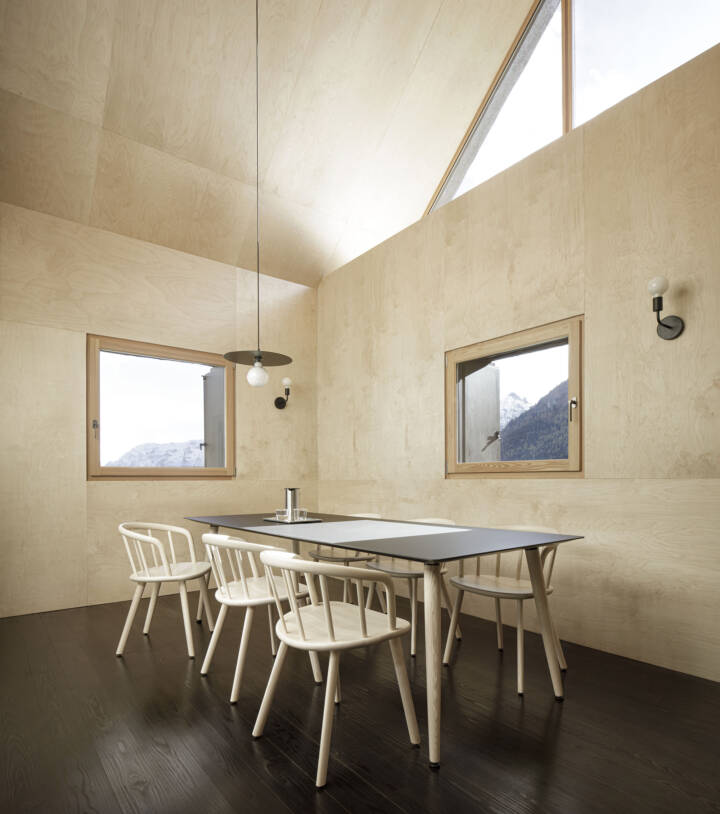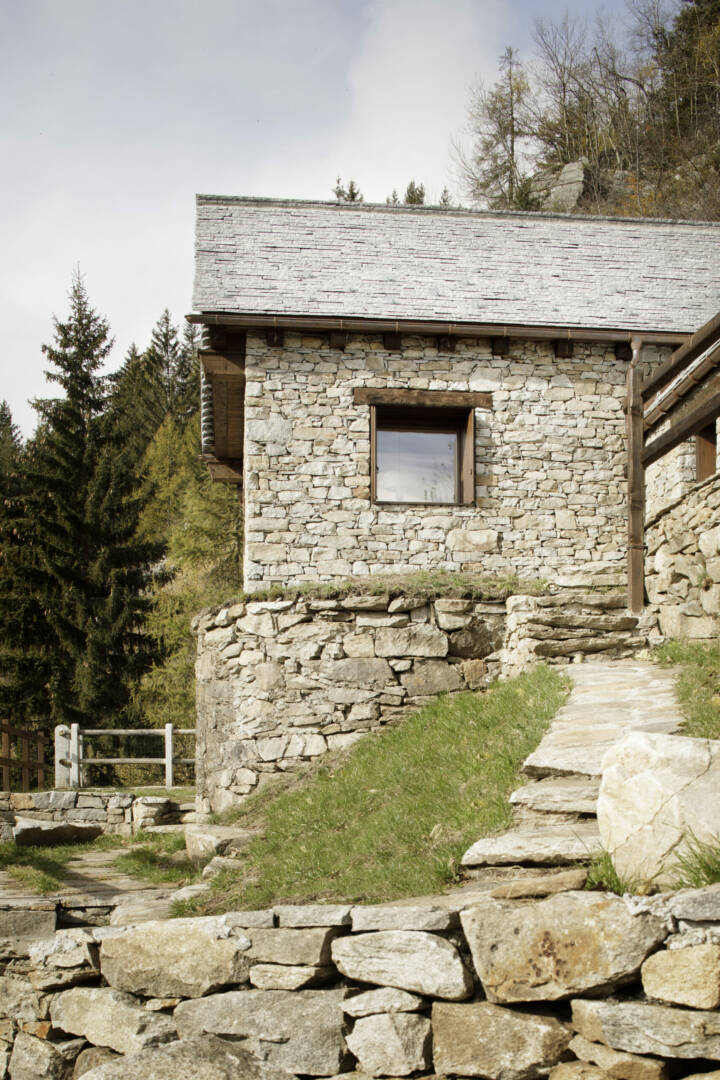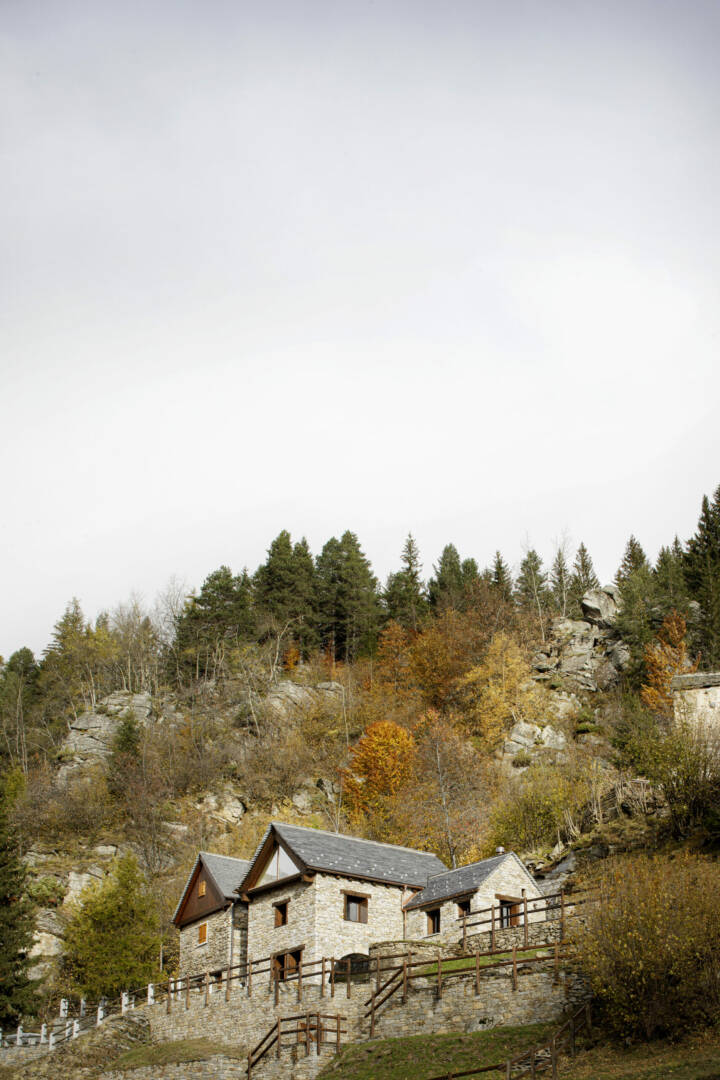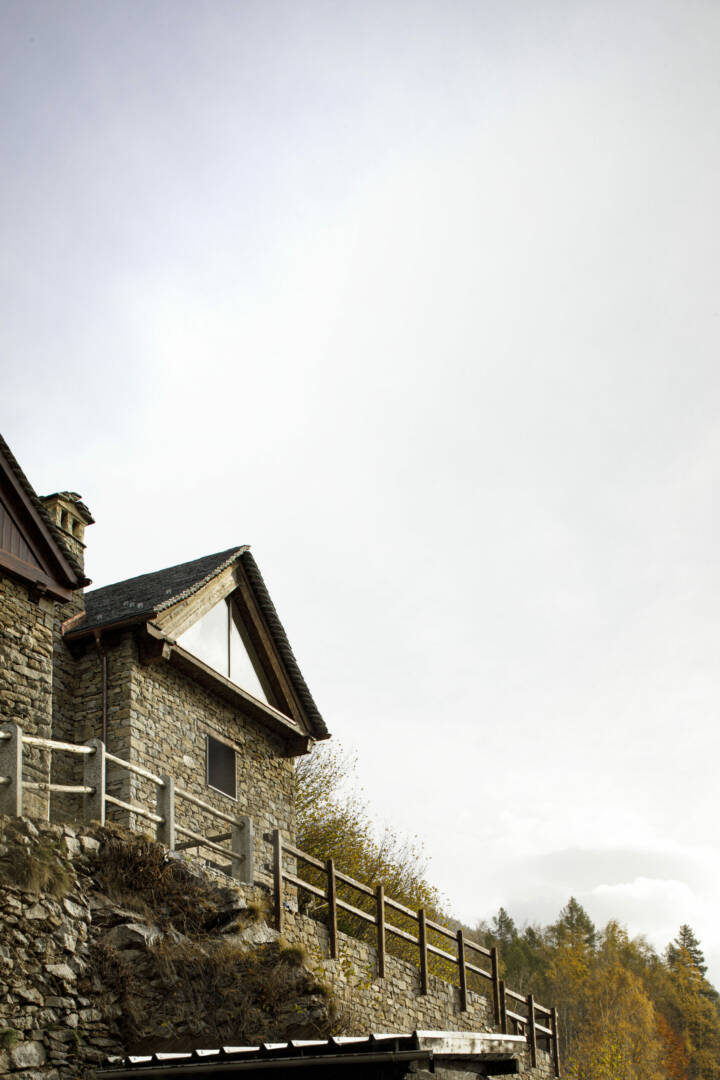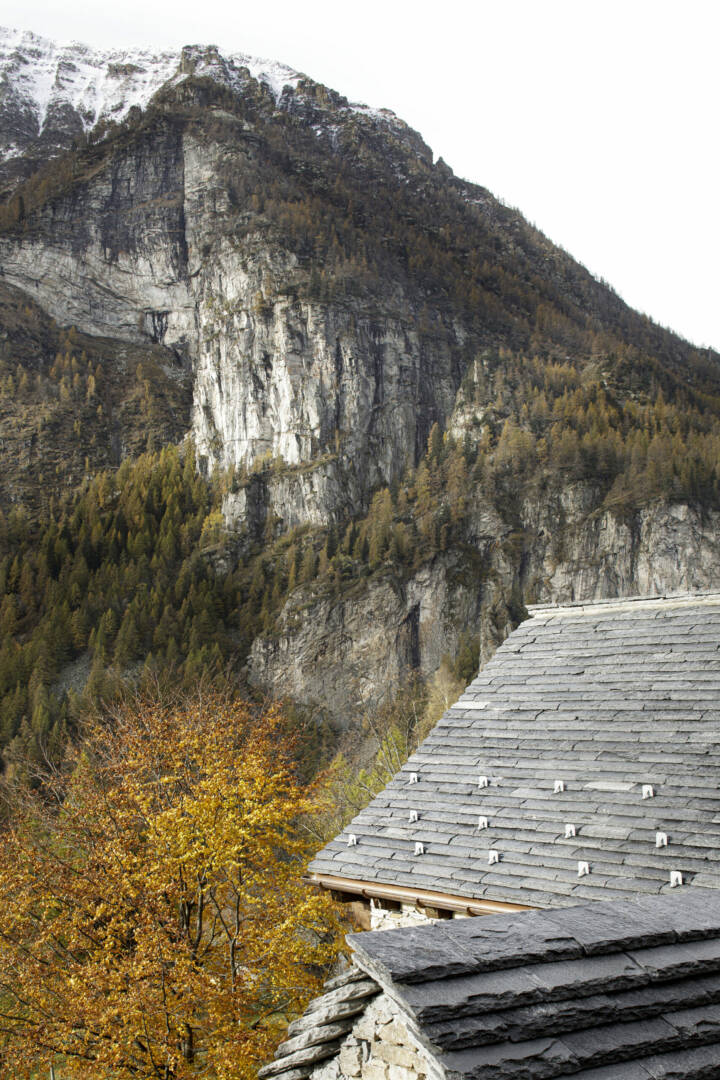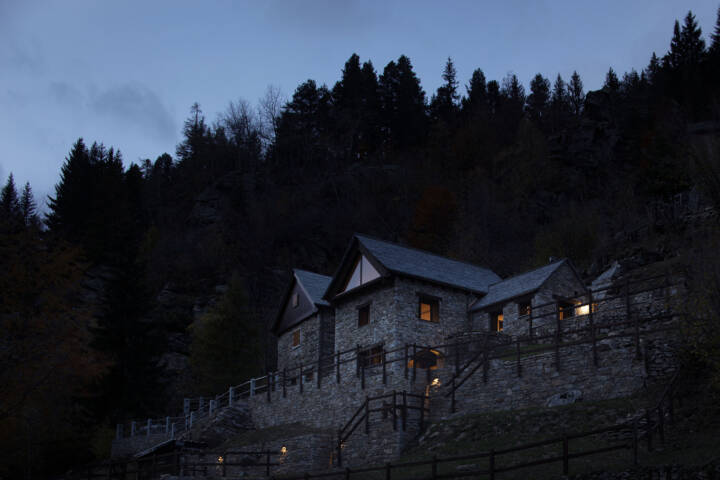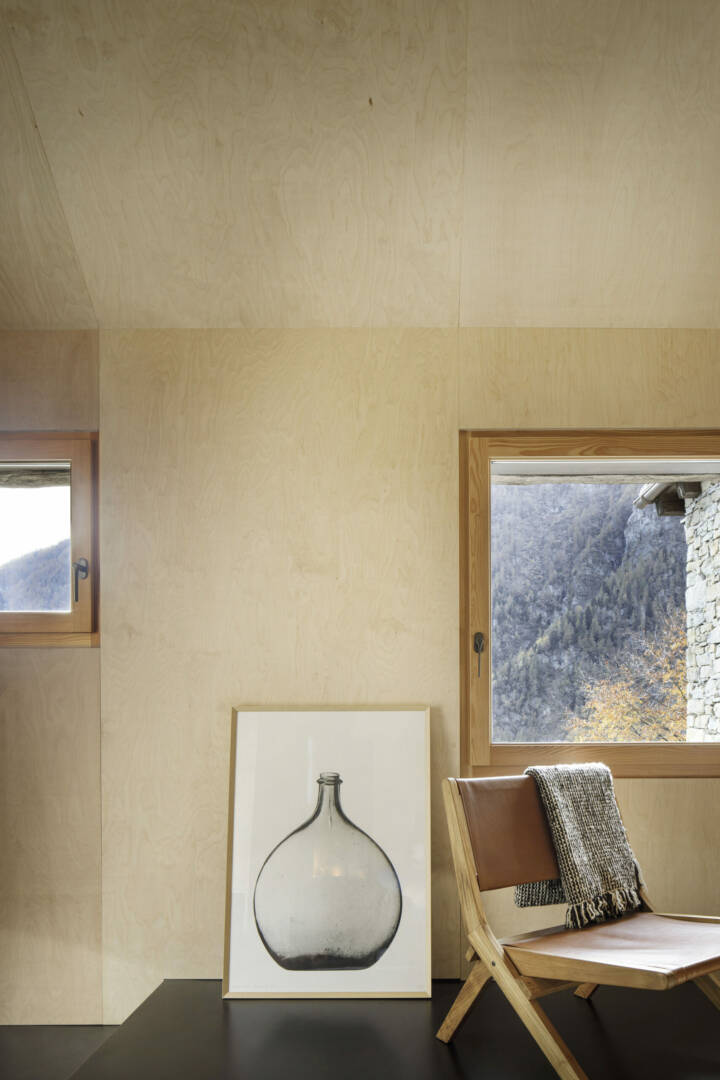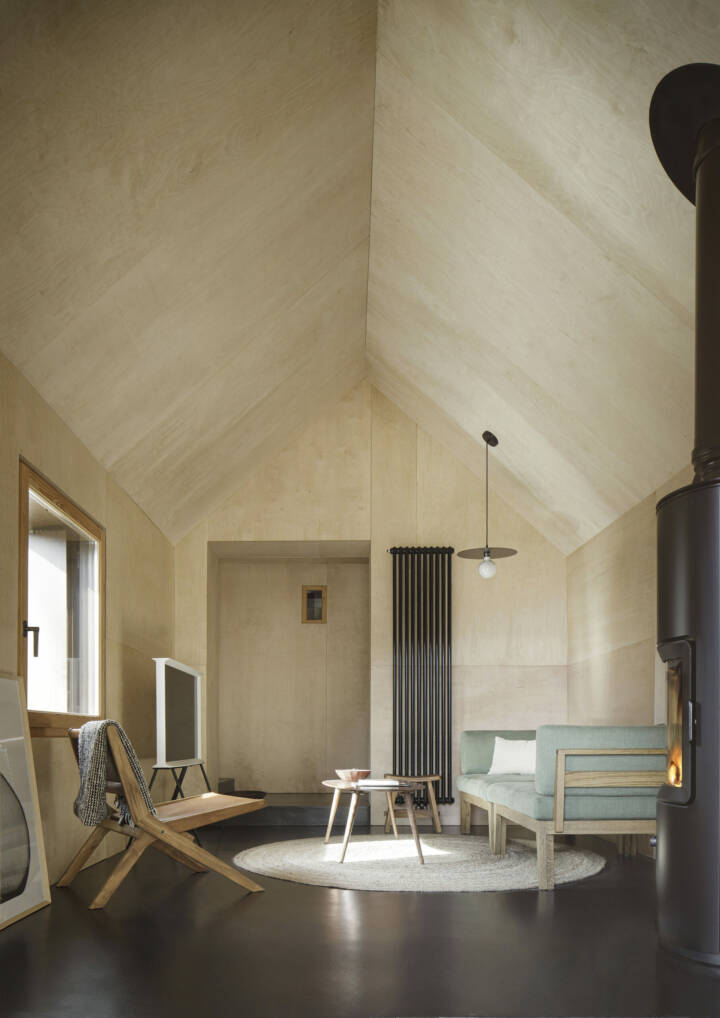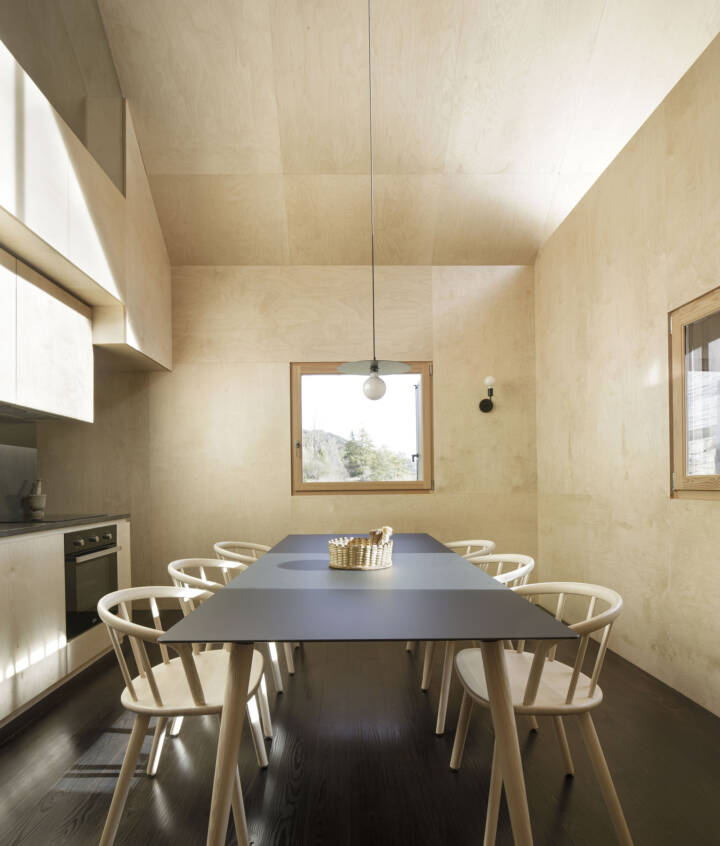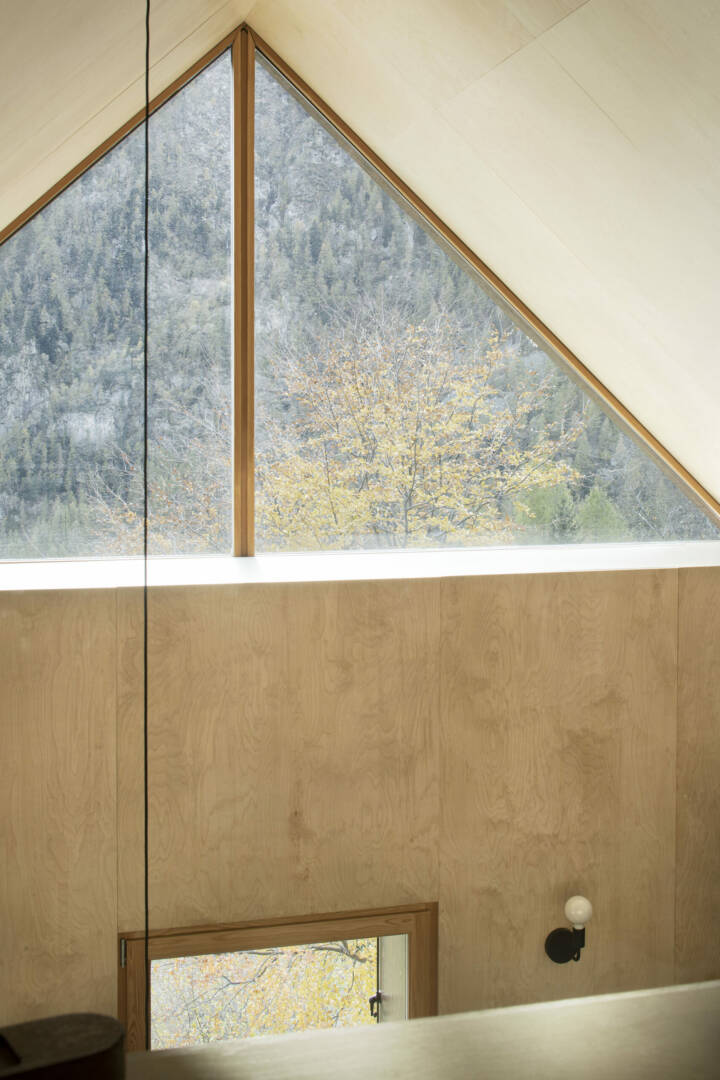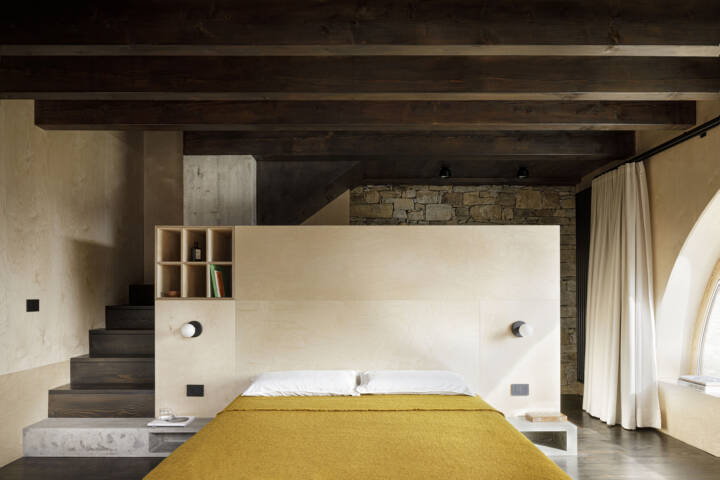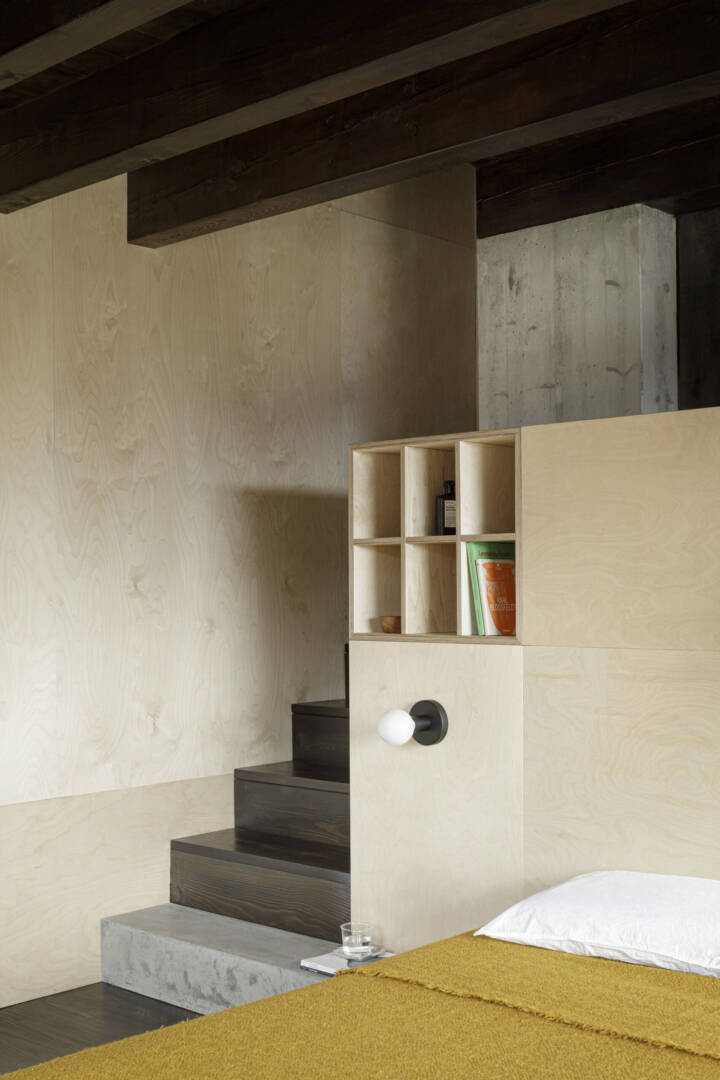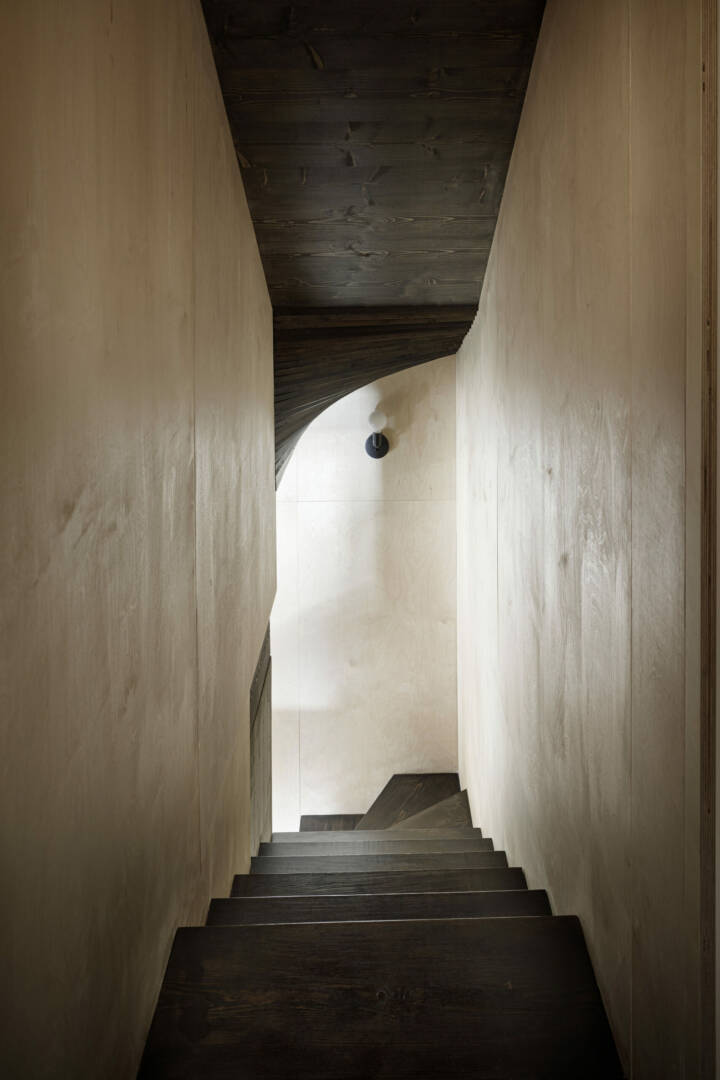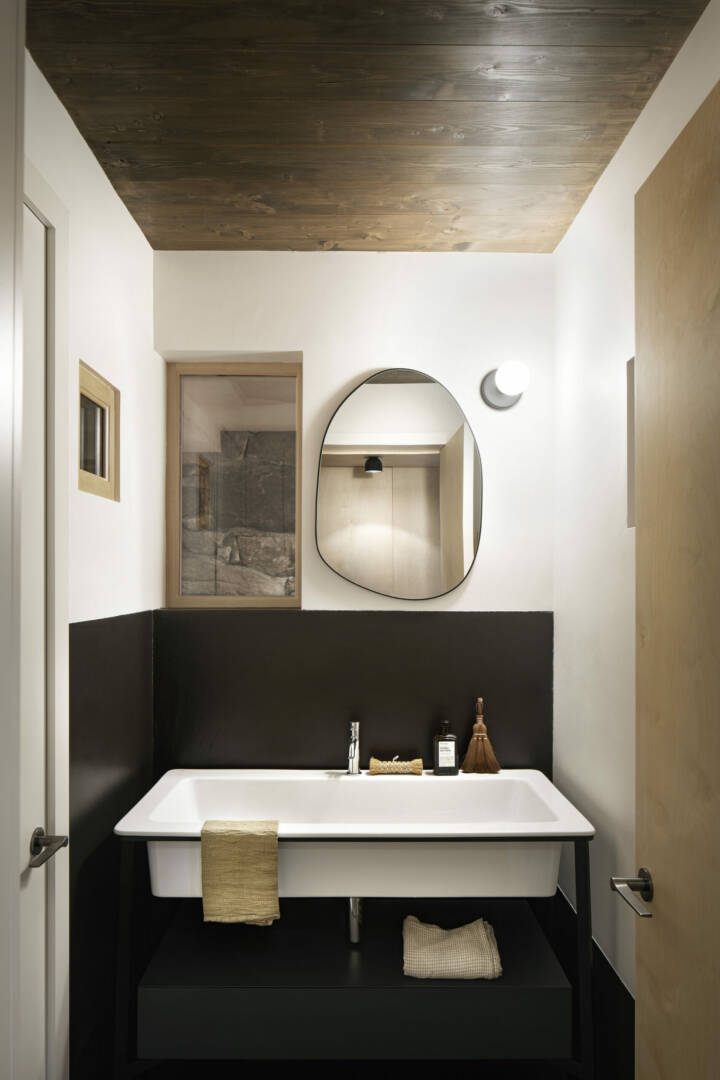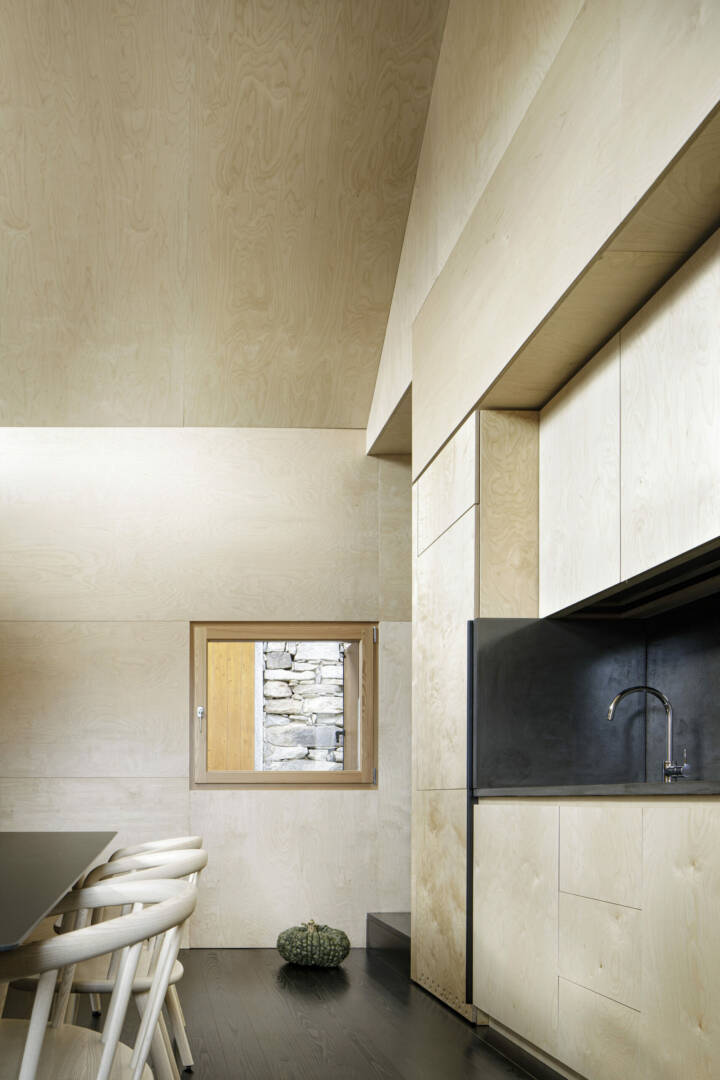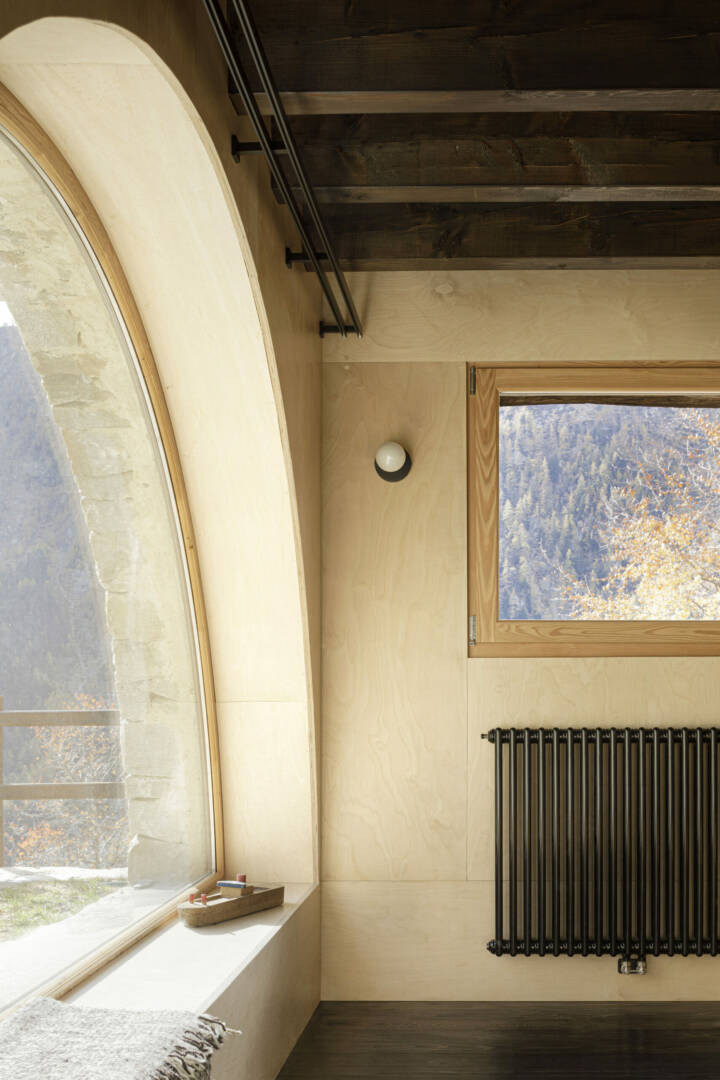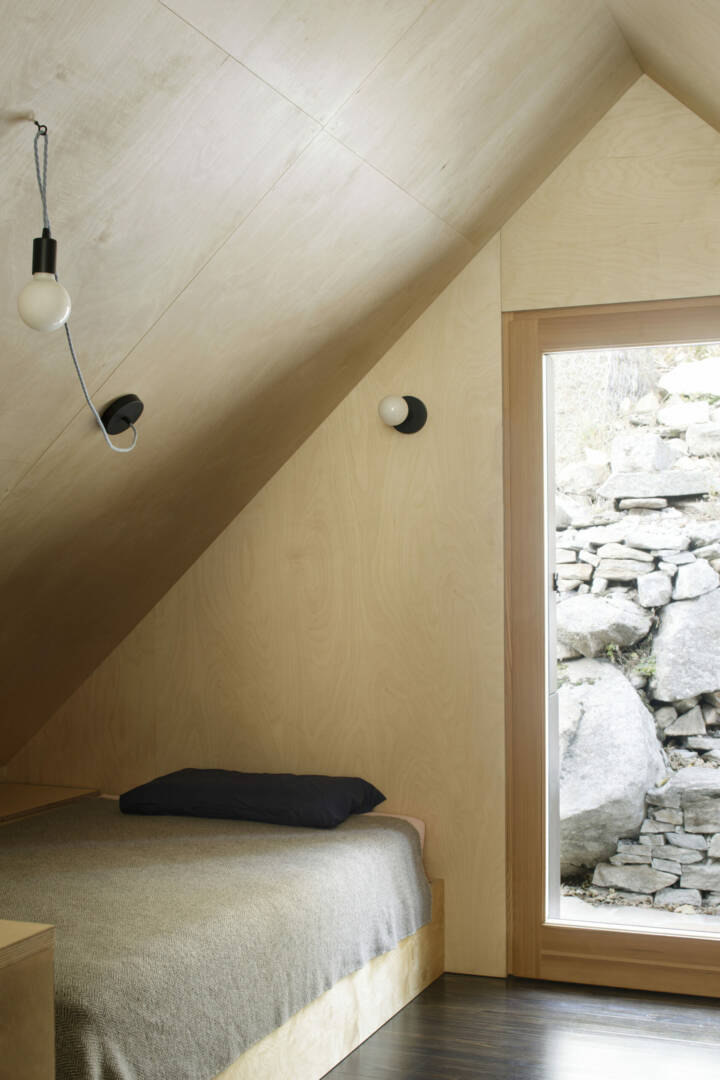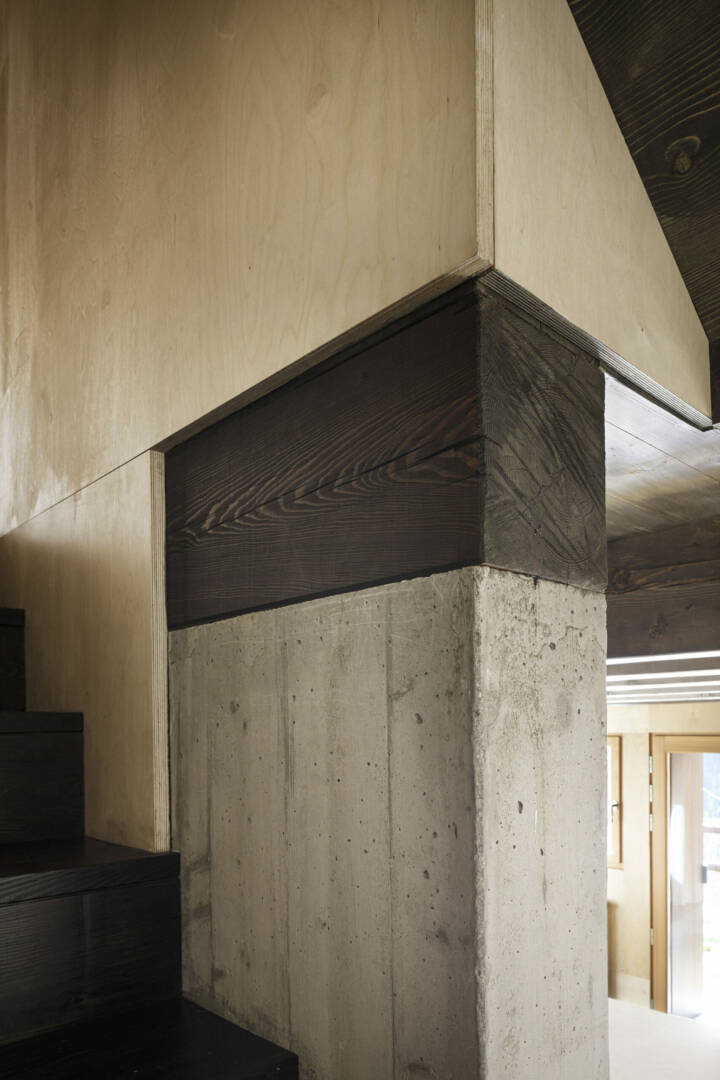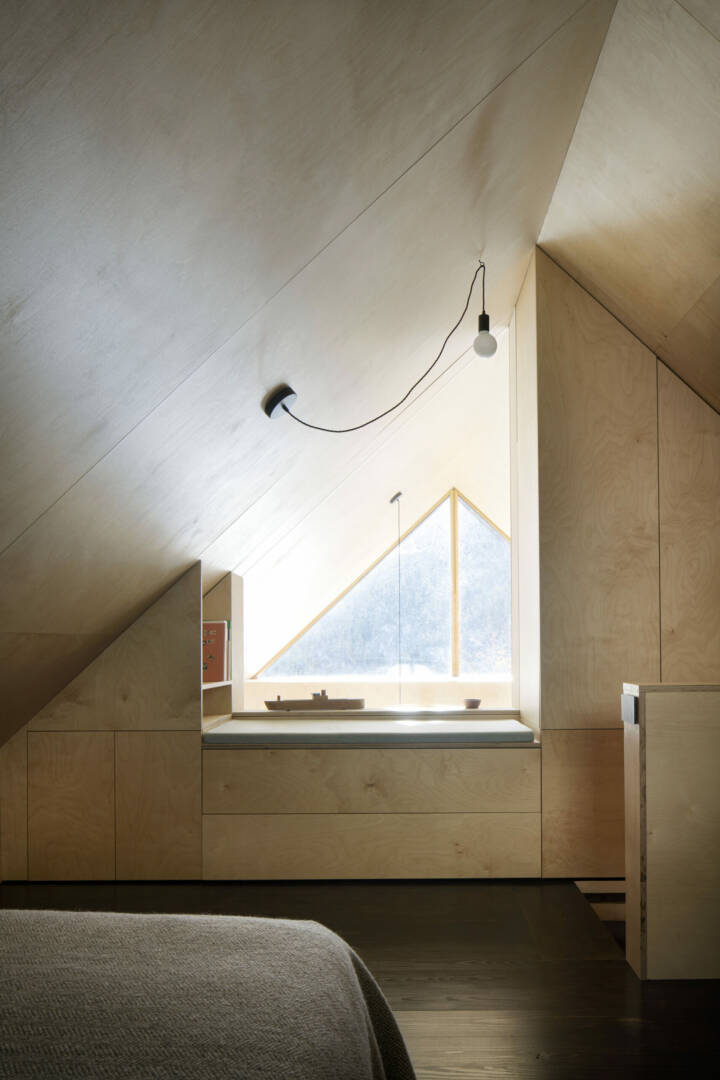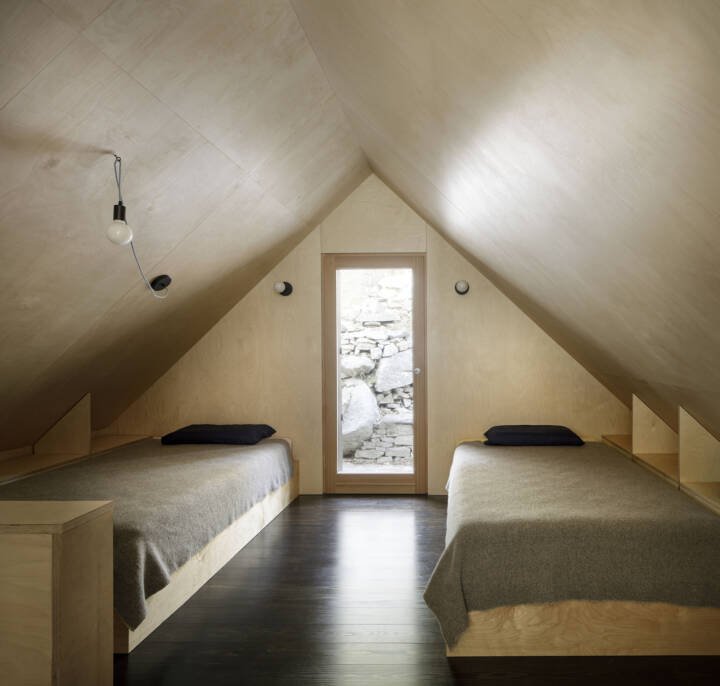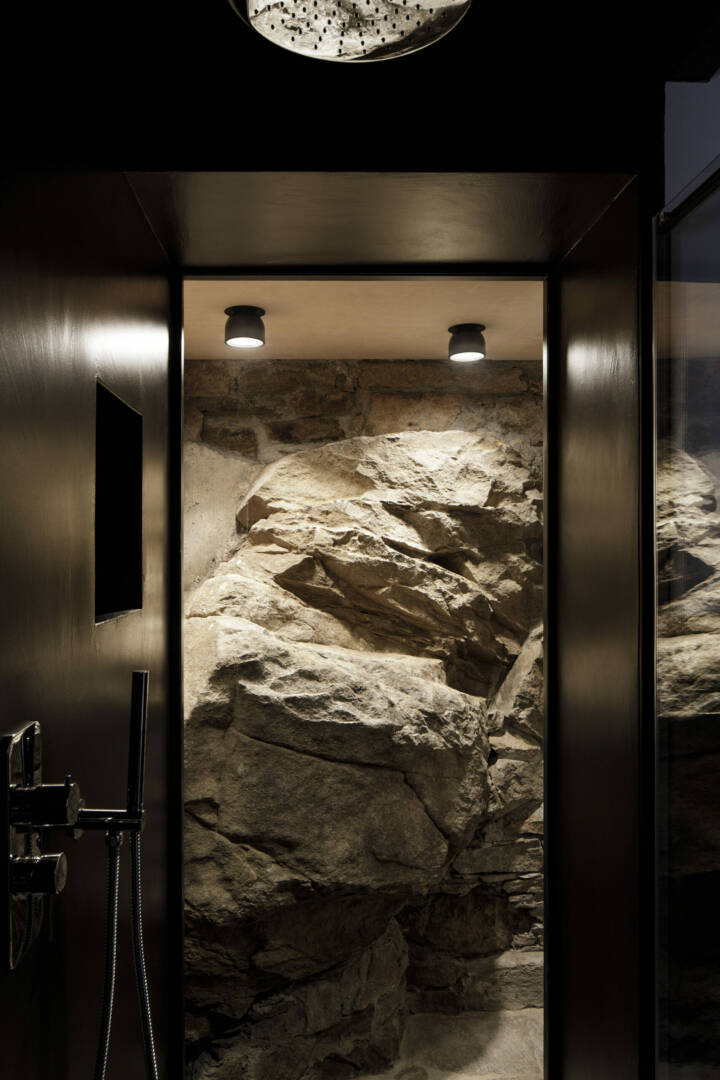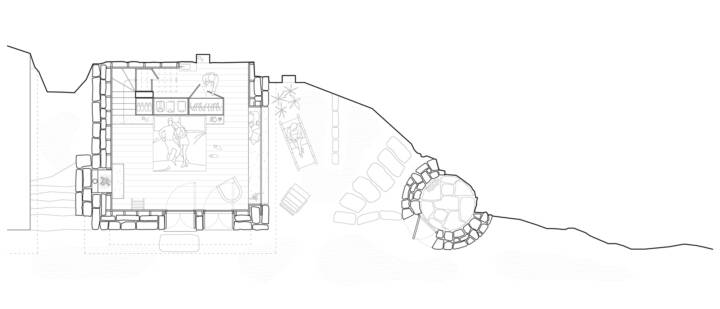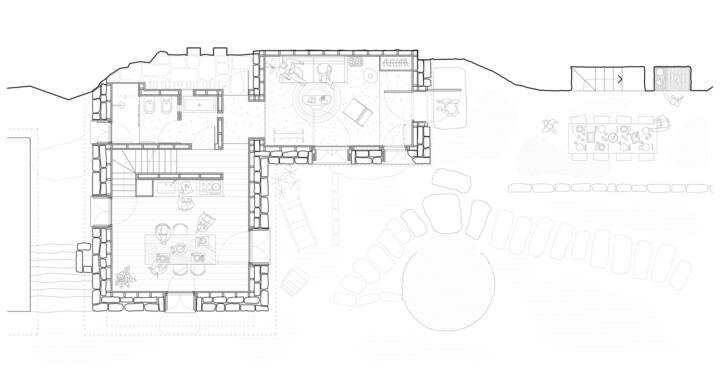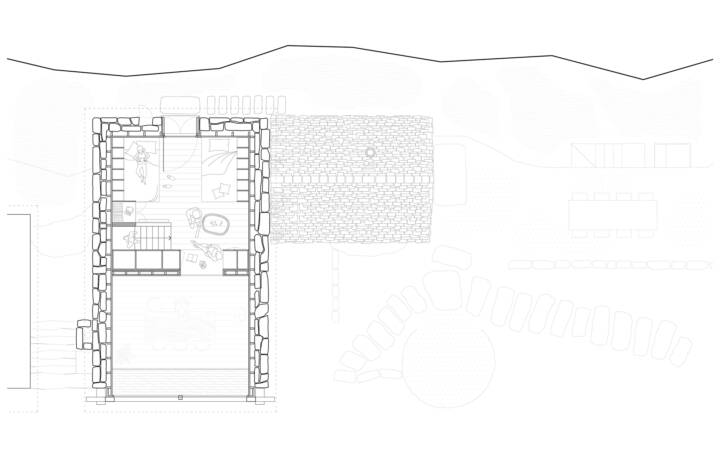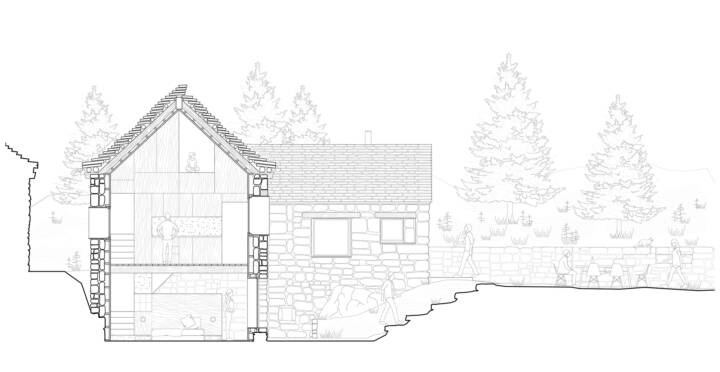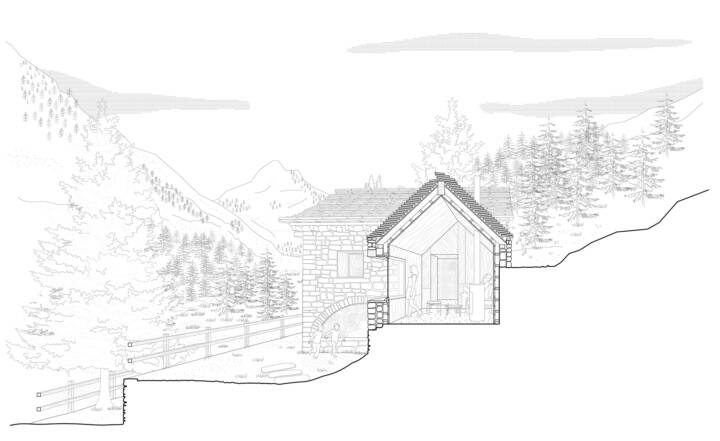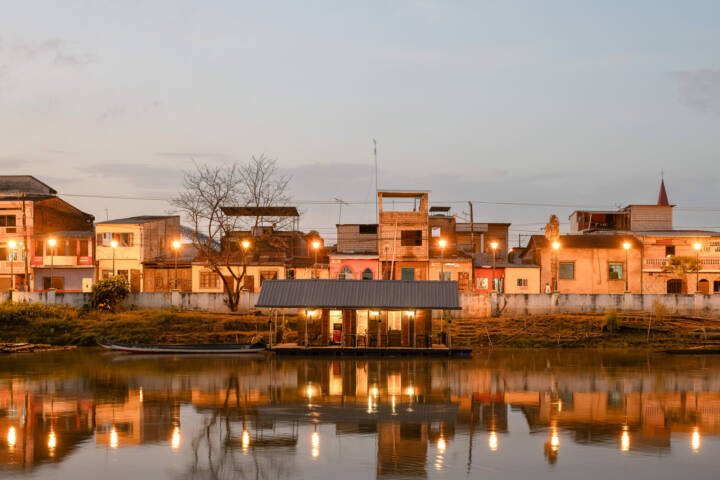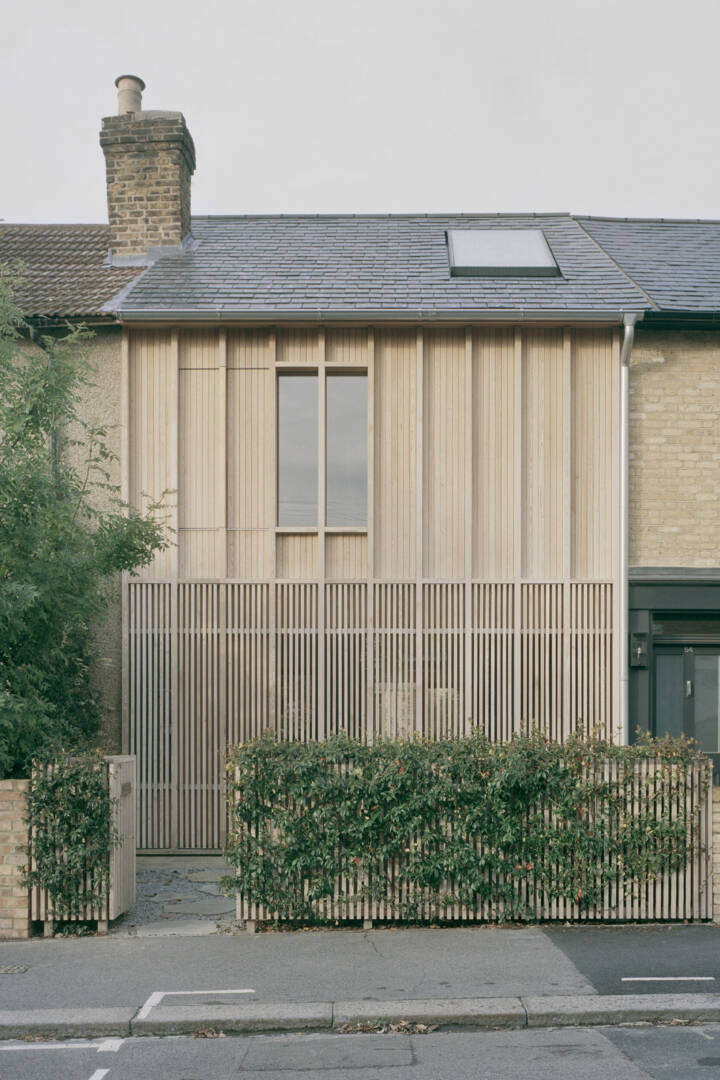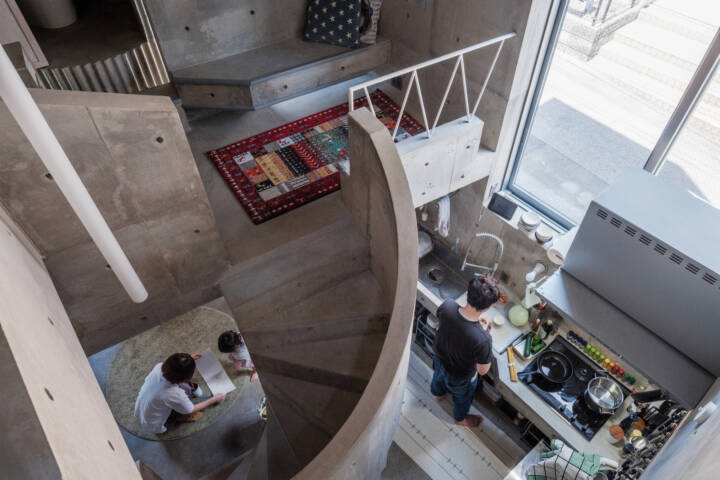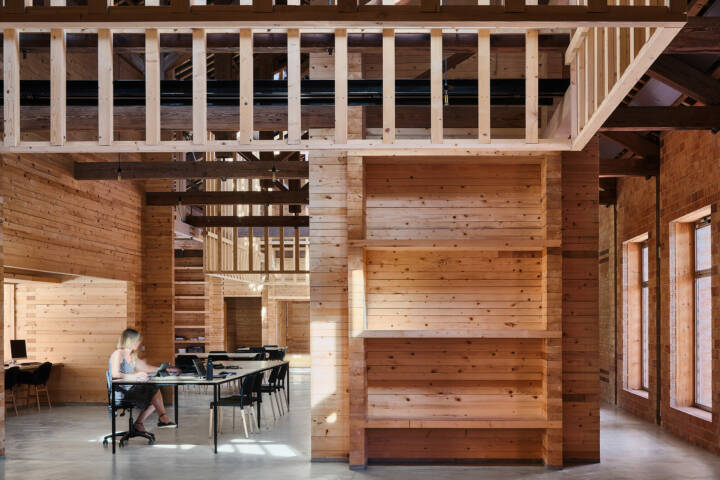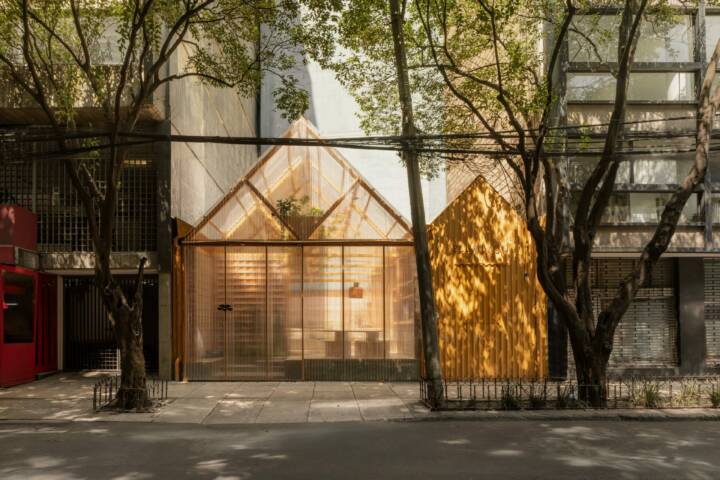Architects: ATOMAA Photography: Alberto Strada Construction Period: 2020 Location: Varzo, Italy
In the extreme north-west of the Italian Alps, immersed in the most unspoiled nature, Casa Cinsc is located in one of the few valleys spared by the expansion of mass tourism, which transformed the mountains between the 1950s and 1980s.
The greatest value of this place can be summed up in a few words: the essence of the Alpine rural heritage and the inestimable value of the resources available, thanks to the rich natural context.
RUINS, TRACES OF A HISTORY
The first inspections revealed a ruin typical of the area, used mainly for the shelter of livestock and seasonal hay. The structure was rather precarious, in fragile balance, but it reserved unexpected discoveries.
Read MoreCloseIn fact, a large stone arch and an ancient fireplace emerge on the ground floor, suggesting that before being used as a stable, the building had served as a residence. In addition, the presence of a sort of Tholos outside, less typical in the area, has given the complex more connotations. Casa Cinsc is an act of recovery and a reinterpretation of the Alpine rural dwelling for the enhancement of a precious heritage.
Traditional architecture that emerges from the traces of a bucolic past, characterized by the garrison of men who were able to settle in respect of a hard place, made of steep slopes, rocks and lush woods. Inaccessible and generous at the same time, it is precisely in these territories that the construction, typological and popular tradition is rooted and perpetuated, thus revealing the ‘culture of the mountains’.
BUILDING INSIDE THE BUILT
The project restores the old shape, consolidates the walls and intervenes by reconfiguring the interiors. From an exchange of volumes, an additional body arises that enriches the original layout and clarifies spaces and functions. To do this, a redesign of a space at the heart of the house – the place of conviviality, the kitchen – was used, obtaining a double height capable of providing a useful surface for the extension. In this way the environment expands, granting greater comfort and flooding the space with natural light. The entrance and living room are therefore located in the new volume, with its heels on the mountain edge, could only turn towards the landscape.
The interior is thus configured as a privileged place from which to observe the profile of the surrounding peaks. The different openings that move the facades derive on the one hand, from the restoration of the previous ones and, on the other, they revisit archetypal geometries.
NOT SIMPLY WOOD
In a context strongly characterized by the use of stone, we internally choose wood for the floors, walls, ceilings and main furnishings. The contrast between exterior and interior is evident: outside a hard, cold stone body, mimetic with the landscape; inside, instead, an intimate and warm environment, where timber is the protagonist. The traditional image thus remains unchanged, in strict compliance with regulatory requirements, which finds its balance with the interior environments linked to an image that draws, instead, on contemporary Alpine architecture.
The levels, the existing and the new, appear to overlap each other. The materials; the stone with its thermal mass and the complete internal package with its frame, the wood fibre insulation and the birch plywood coating are stratified. The desired domestic comfort is thus generated by making the old ruin inhabitable.
UPON ENTERING
The first room you come across is the living room, anticipated by a sort of vestibule. This space was conceived to observe the mountain accompanied by the warmth of a free-standing stove with a contemporary language. Here the floor is in black resin, differentiating the new environment from the rest of the house, with their black stained larch floors. Following slight differences in height, we move on to the pre-existing building where there once was the entrance door.
House Cinsc is unadorned, rigorous and minimal in language, as it was when it was conceived. The textures of the walls between old and new intertwine in a single mesh, hand-rebuilt stone by stone. The interior, through the use of a few essential materials, instead shows a wealth of volumes, levels and proportions.
The kitchen / dining room is located, as usual, in the central core of the home, the real heart of the house, from which all the rooms branch off. In this room, primarily lit from above, small windows frame the view towards the landscape, painting dynamic scenes as the seasons change. The kitchen is characterized by a large piece of furniture that occupies the entire double height of the room and gives a contemporary face to the interior space. The room is filled with natural light that enters from the main gable, fully glazed.
WE REUSED EVERYTHING!
Total and almost obsessive reuse of the materials taken from the existing ruin. New life, even where the conditions of the structures did not allow them to be recovered: we reused everything! The stones of the old, disused portions of the walls were used to rebuild the new walls, the wood of the old roof to create door and window lintels. The retaining walls of the terraces were built with portions of the excavated rock, as well as for the volume of the extension. In addition, the external paving re-uses the stone of the old stoned roof. All this thanks to local artisans who still retain the skill of traditional stone house construction.
The volume of the services, with the kitchen wall and the two flights of stairs, is a real functional block for the use of the spaces for which it serves. This central element acts as a hinge around which its uses flow providing functions which orbit around it.
Down a narrow staircase the main bedroom is located on the lower floor, to ensure greater privacy but above all to enjoy the privileged view from the stone arch. The arched shape window provides a space for sitting and contemplation as the user has the luxury to gaze towards the landscape, through a unique tectonic element which mirrors and references a form which once was. Up within the pitch of the roof, a second room is hidden on the upper floor, accessed by a retractable hatch. Only from this height, through an opening in the wall, can you admire the landscape through the glazed tympanum.
NOTES ON RESTORATION
The respectful treatment of historical pre-existing structures was an important and almost obligatory gesture, against the background of a very complex regulatory and bureaucratic network.
The recovery was a balancing act between authenticity and contemporaneity, an attempt to maintain the atmosphere and identity of the place also by intervening between the new structure and the old structure, thus generating a contemporary dialogue, with the aim of preserving the Alpine Rural Heritage.
Text provided by the architect.
